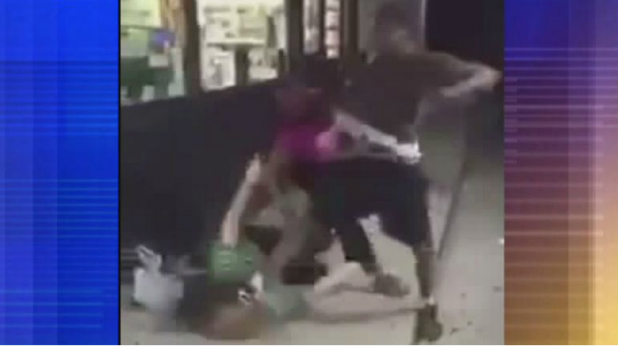Stuff Black People Don’t Like
September 1, 2015
Courtesy of a black population, Milwaukee is one of America’s most dangerous cities. [How could this happen? No easy answers to Milwaukee’s spiraling violence, Milwaukee Journal Sentinel, April 19, 2015]:

A man is shot dead after accidentally crushing a toddler with his van; in the gunfire, the toddler’s teenage brother suffers fatal injuries. A 17-year-old girl is slain by an errant bullet after two other girls in an argument call their boyfriends for backup. A 4-year-old girl is wounded after 13 bullets rip through her home.
Dozens of violent incidents so far this year have left at least 43 dead, and the number may already be higher, with police investigating the deaths of two people Friday as possible homicide by arson.
The questions abound. What were they thinking? How could this happen? Who is to blame? And most important: What can be done?
Meaningful answers are another matter.
“Simple answers to complex questions are almost always wrong,” said Joel Dvoskin, an assistant professor of psychiatry at the University of Arizona.
In Milwaukee, about 80% of homicide suspects and 80% of victims are African-American.
Kwabena Antoine Nixon, a poet, educator and co-founder of Flood the Hood with Dreams, regularly works to help empower young minority boys within their neighborhoods and schools.
In one activity, Nixon calls two teens to the front of the room and asks them when each had his first fight. The answer is usually at age 4 or 5.
What did the other person look like? Nixon asks next.
The teens’ answer: black.
What about the second fight? The third? Black. And black again.
The room usually falls silent when Nixon makes his final point: When fights in their neighborhoods escalate, they’re only hurting each other.
Some of the young men, Nixon said, have never been taught alternatives to violence.”If you don’t know any better, you can’t do any better,” he said.
Adults must also take responsibility for improving their neighborhoods, in Nixon’s view
“We have in our community a savior complex, that someone’s going to come through and fix it all, and because we believe somebody might come through and fix it all, there’s no self-accountability,” he said. “You have to take some responsibility for yourself.”
A confrontation outside a Milwaukee gas station turns violent and the disturbing video has surfaced online. The incident happened last week outside of a north side gas station. One community activist says it is important to see the reality in some parts of Milwaukee and make sure there is change.
Near Locust and Teutonia, a woman is punched and kicked by two people while others stand around filming the whole thing.
“To see that actually all go down actually made me feel sorry. This is a human issue,” said Community Activist, Tory Lowe.
Community Activist Tory Lowe says the video, though disturbing, is necessary to watch.
“What we could learn from it is what not to do. How not to address issues, how to see what it shouldn’t look like,” said Lowe.
The video has been shared across social media and beyond city limits.
“That doesn’t represent the good people of the city of Milwaukee,” said Lowe.
The incident happened last Tuesday, August 18th. The victim has not come forward and the attackers have not been identified.
No, this act does represent the people of the city of Milwaukee: the black people.
The correlation to the Africanization of Nordic/Western Europeans countries by mass immigration and the complete destruction of the largely Germanic-in origin city of Milwaukee should be sad to only those without a knowledge of the suicidal vise white guilt has the white mind.
https://www.youtube.com/watch?v=WAALHXptohQ
